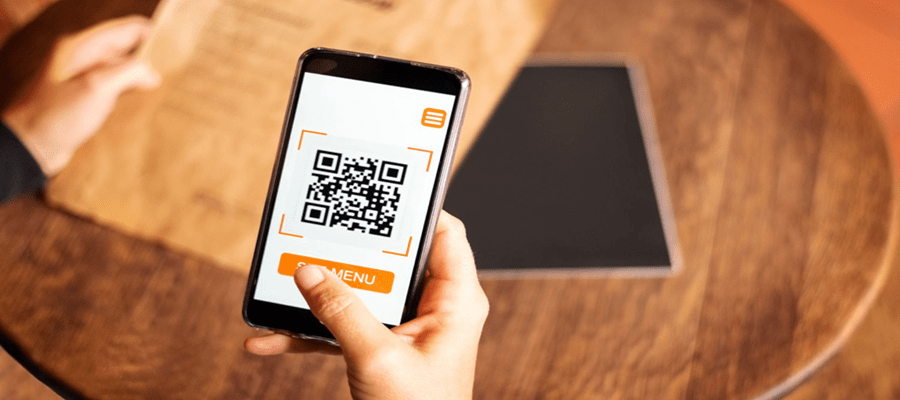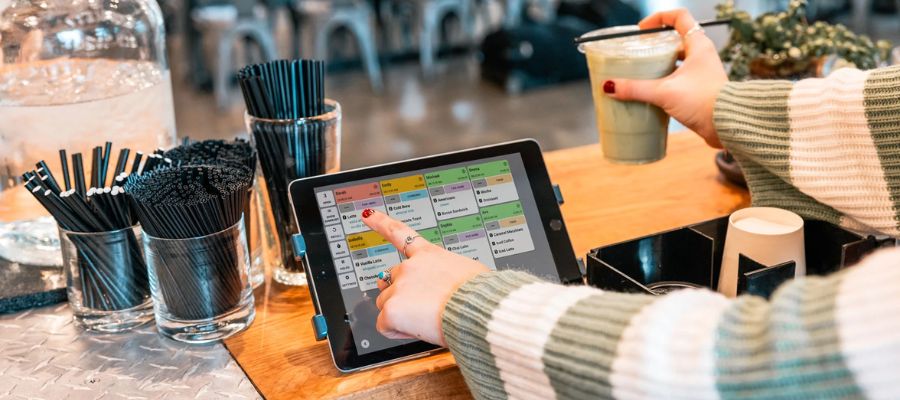
How Self-Checkout POS Stations Are Shaping the Future of Shopping
In the ever-evolving world of retail, technology continues to revolutionize how businesses interact with customers. Among the most impactful innovations of the past decade is the self-checkout Point of Sale (POS) station. Once a novelty, self-checkout systems have now become a staple in grocery stores, big-box retailers, convenience stores, and even some fast-food chains. This transformative shift not only caters to a growing demand for speed and convenience but is also reshaping the shopping experience at its very core.
So, how exactly are self-checkout POS stations influencing the future of shopping? Let's explore the key drivers, benefits, challenges, and what lies ahead.
The Rise of Self-Checkout: A Brief Overview
Self-checkout stations were first introduced in the 1980s, but it wasn’t until the early 2000s that they began to gain real traction. Retailers saw an opportunity to reduce wait times, cut labor costs, and give customers more control over their purchasing experience.
In today’s post-pandemic retail climate, where hygiene and minimal contact are more valued than ever, self-checkout has become not just a convenience but a necessity.
According to a report by Global Market Insights, the self-checkout systems market was valued at over $3 billion in 2021 and is expected to surpass $10 billion by 2030. This rapid growth reflects changing consumer behavior and retailers’ push to embrace digital transformation.
What is a Self-Checkout POS Station?
At its core, a self-checkout POS station allows customers to scan, bag, and pay for their items without the need for a cashier. These stations are usually equipped with:
-
A barcode scanner
-
Touchscreen interface
-
Card reader or contactless payment options
-
A bagging area with weight sensors
-
Cash and coin dispensers (in some cases)
They can operate with minimal staff supervision, often with one employee overseeing multiple machines to assist if needed.
Why Consumers Love Self-Checkout
1. Speed and Efficiency
One of the biggest draws for shoppers is the ability to bypass long checkout lines. For those purchasing just a few items, the process is much faster than waiting behind a full cart at a staffed register.
2. Autonomy and Control
Consumers enjoy being in charge of the transaction. They can scan and bag items the way they prefer and don’t have to engage in small talk or feel rushed by a cashier.
3. Contactless Convenience
Especially post-COVID, many people are more conscious about physical contact. Self-checkout aligns with public health considerations by minimizing interaction.
4. Privacy
For certain purchases—like personal care items or over-the-counter medications—shoppers may prefer the discretion of handling transactions on their own.
Why Retailers are Embracing the Change
1. Reduced Operational Costs
While installing self-checkout kiosks requires an upfront investment, they help retailers reduce long-term labor costs. A single employee can monitor multiple stations instead of one register.
2. Improved Customer Flow
In high-traffic environments, self-checkout can help move customers through the store faster, improving turnover and reducing congestion.
3. Data Collection
Self-checkout stations, like all digital POS systems, can gather valuable data about customer behavior, product preferences, and transaction times. This insight helps retailers make smarter inventory and layout decisions.
4. Space Optimization
Kiosks often take up less room than traditional checkout lanes, allowing for more flexible floor plans or additional merchandise displays.
Industries Beyond Grocery Stores Are Adopting It
While supermarkets were the first to jump on the self-checkout train, many other sectors are now following suit:
-
Apparel Stores: Retailers like Uniqlo and Zara are testing self-checkout models that can detect multiple clothing items at once using RFID.
-
Fast Food Restaurants: Chains like McDonald's and Taco Bell use self-service kiosks to take orders and process payments, reducing counter staff needs.
-
Pharmacies: Stores like CVS and Walgreens offer self-checkout for quick purchases of prescriptions and household goods.
-
Home Improvement: Stores like Home Depot and Lowe's provide self-checkout for customers picking up a few items or online orders.
The Technology Behind the Kiosk
Self-checkout is more than just a scanner and touchscreen—it’s a complex blend of hardware and software.
-
Artificial Intelligence (AI): AI helps prevent theft and fraud, recognizes items without barcodes, and guides users through the process.
-
Computer Vision: Cameras monitor transactions to ensure items are scanned correctly and alert staff if assistance is needed.
-
Weight Sensors: These ensure that scanned items match what is placed in the bagging area.
-
Mobile Integration: Some systems now allow customers to scan items with their phones and pay digitally, bypassing the kiosk entirely.
Common Challenges and Criticisms
1. Theft and Shrinkage
One of the major criticisms of self-checkout is the increase in theft—, oth accidental and intentional. Some customers might forget to scan items or purposefully bypass scanning. Retailers combat this through monitoring systems and employee oversight.
2. Customer Frustration
While tech-savvy individuals might breeze through self-checkout, others, especially the elderly or less digitally inclined, may find it confusing or intimidating.
3. Job Displacement
There’s ongoing concern that automation will lead to fewer jobs in retail. While it’s true that some cashier roles are reduced, new roles in tech support, system monitoring, and customer service are often created.
4. Technical Issues
Glitches, unresponsive screens, or card reader failures can frustrate customers and cause delays, requiring employee intervention, somewhat defeating the purpose.
Making Self-Checkout More Inclusive
To ensure that self-checkout systems serve all demographics effectively, companies are working on:
-
Voice-guided instructions
-
Larger touch screens for accessibility
-
Multilingual support
-
Visual aids and simple UI designs
-
Real-time human support is available at the tap of a button.n
Inclusivity is a key factor in widespread adoption and satisfaction, especially for retailers that serve a diverse population.
The Psychology of Self-Checkout
An interesting aspect of this shift is how it affects consumer psychology. Studies have shown that customers using self-checkout tend to:
-
Feel more in control of their purchase
-
Spend more time exploring products (knowing they can check out quickly)
-
Experience less stress in stores with clear, accessible self-service options.ns
Additionally, customers often perceive stores with advanced self-checkout options as more modern and efficient, boosting brand perception.
Future Innovations in Self-Checkout
We’re only scratching the surface of what's possible with self-checkout technology. Here’s what the near future could bring:
1. Scan-Free Checkout
Amazon’s "Just Walk Out" technology, used in Amazon Go stores, allows customers to shop and leave without scanning or checking out at all. Sensors and AI track items as they’re picked up and charge the customer’s account automatically.
2. Biometric Payments
Facial recognition and fingerprint scanning could replace cards and smartphones entirely, offering a seamless and secure checkout process.
3. Augmented Reality Integration
AR could help guide customers through self-checkout, offering real-time tips, discounts, or promotional content based on what they scan.
4. Voice Commerce
Imagine telling a self-checkout station what you’re buying and having it process the transaction hands-free—a growing possibility as voice assistants become more refined.
What It Means for the Future of Shopping
Self-checkout is more than a passing trend. It represents a shift in consumer expectations: speed, personalization, minimal friction, and control.
Retailers that embrace this shift are better positioned to meet the needs of modern consumers while also gaining valuable insights into their behavior. While challenges like theft and accessibility still need addressing, technological advancements are quickly catching up.
Ultimately, the stores of the future may look very different from those of the past, but one thing remains the same: the focus is on making shopping faster, easier, and more enjoyable for everyone.


